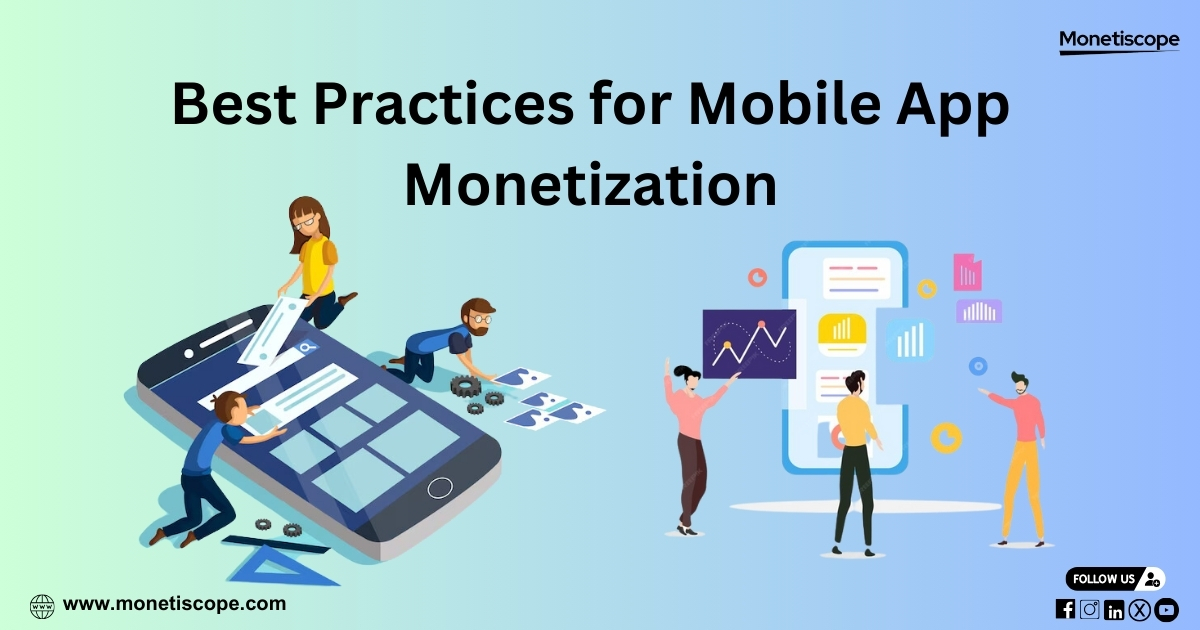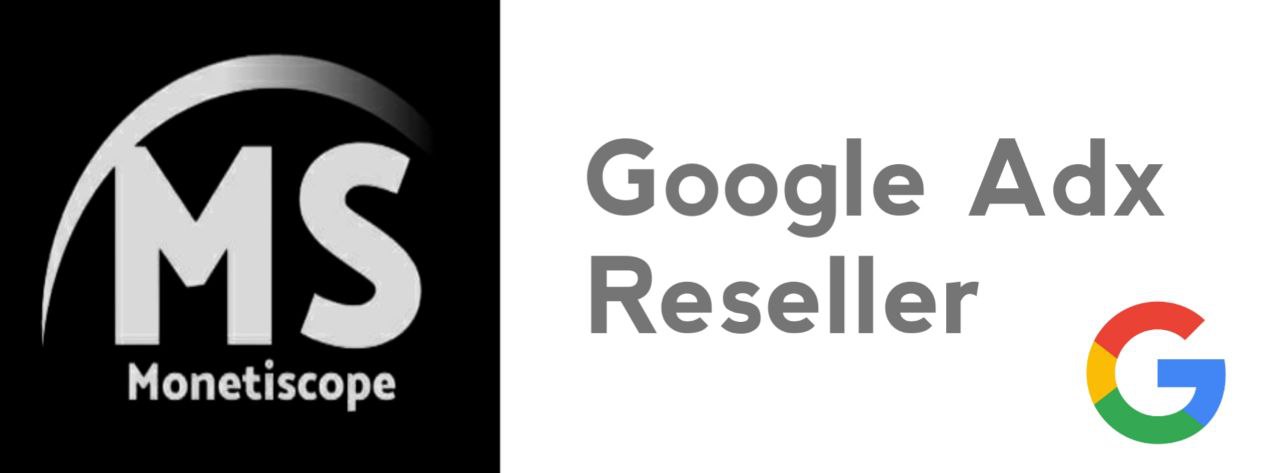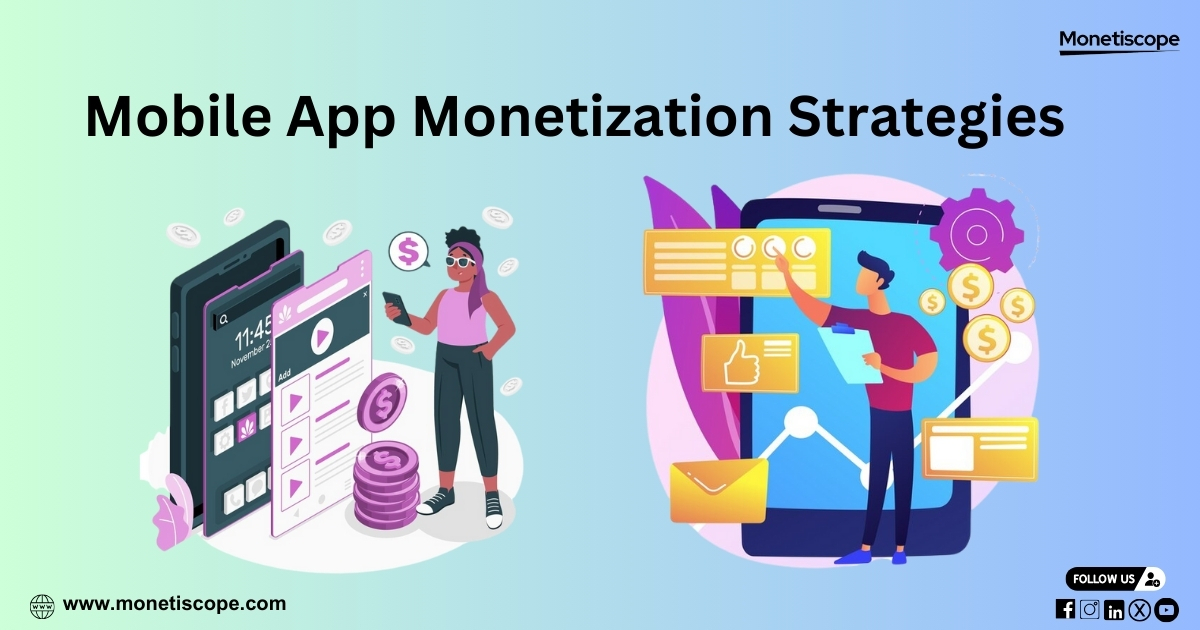Monetizing your mobile app effectively is essential for achieving sustainable growth and maximizing your revenue. With the right strategies, you can turn your app into a profitable venture while ensuring a positive user experience. Mobile app monetization involves various methods to generate income, ranging from in-app purchases and subscriptions to ad placements and sponsorships. Understanding the best monetization strategies for your app is crucial for its success.
In this article, we will explore what mobile app monetization is, discuss the best strategies and practices, and help you determine which model is best suited for your app. Additionally, we will compare ad exchanges and AdMob for app monetization to help you make an informed decision. By the end of this guide, you’ll have a comprehensive understanding of how to effectively monetize your mobile app and maximize its revenue potential.
What Is Mobile App Monetization?
Mobile app monetization refers to the methods and strategies used to generate revenue from a mobile app. With millions of apps available in app stores, finding a sustainable way to monetize an app is crucial for developers and businesses. Monetization can involve various models, including in-app purchases, subscriptions, advertising, and more. The key is to select the right strategy that aligns with your app’s goals, user base, and market conditions.
Best Mobile App Monetization Strategies
1. In-App Advertising
In-app advertising is one of the most popular monetization strategies. It involves displaying ads within the app. There are several ad formats to consider:
– Banner Ads: These are small, rectangular ads that appear at the top or bottom of the screen. They are less intrusive but often yield lower revenue.
– Interstitial Ads: These full-screen ads appear at natural transition points in the app, such as between levels in a game. They are more engaging but can be disruptive if not implemented correctly.
– Rewarded Video Ads: Users can watch these ads in exchange for in-app rewards, such as extra lives in a game. This format tends to have higher user engagement and satisfaction.
– Native Ads: These ads blend seamlessly with the app’s content and design, providing a non-intrusive user experience.
2. In-App Purchases
In-app purchases allow users to buy virtual goods or premium features within the app. This model works well for gaming apps and apps offering additional content or functionalities. Types of in-app purchases include:
– Consumable: Items that can be used once and purchased again, like coins or extra lives in a game.
– Non-consumable: Items that are bought once and remain available permanently, such as an ad-free version of the app.
– Subscriptions: Recurring payments for ongoing access to premium content or services. Subscriptions can be weekly, monthly, or yearly.
3. Freemium Model
The freemium model offers the basic version of the app for free, with premium features available for purchase. This approach allows users to try the app before committing to a purchase. It’s a popular model for apps across various categories, including productivity, health, and entertainment.
4. Subscription Model
The subscription model generates recurring revenue by charging users on a regular basis for access to premium content or services. It’s particularly effective for apps offering valuable, regularly updated content, such as news, fitness, and education apps.
5. Paid Apps
Charging a one-time fee to download the app is another monetization strategy. However, this model has become less common as users increasingly expect free apps. To succeed with this model, the app must offer significant value that justifies the upfront cost.
6. Sponsorship and Partnerships
Partnering with brands for sponsorship deals can be a lucrative monetization strategy. Brands pay to have their products or services featured within the app. This approach works well for niche apps with a dedicated user base.
Best Practices for Mobile App Monetization

1. Understand Your Audience: Tailor your monetization strategy to your target audience’s preferences and behaviors.
2. Balance User Experience and Revenue: Avoid aggressive monetization tactics that could alienate users. Prioritize user experience to retain and grow your user base.
3. Test and Optimize: Regularly test different monetization methods and ad placements to find the optimal balance between revenue and user satisfaction.
4. Use Analytics: Leverage data analytics to track performance and make informed decisions about your monetization strategy.
5. Stay Compliant: Ensure your app complies with all relevant regulations and guidelines, including those set by app stores and advertising networks.
Which Monetization Model Is Best for Your App?
Choosing the right monetization model depends on several factors, including your app’s purpose, target audience, and market conditions. Here’s a quick guide to help you decide:
– Gaming Apps: In-app purchases and rewarded video ads work well. The freemium model is also popular.
– Productivity Apps: Subscriptions and in-app purchases for premium features are effective.
– Entertainment Apps: Subscriptions and in-app purchases are ideal. Advertising can also be a good supplementary revenue stream.
– Niche Apps: Sponsorship and partnerships can be lucrative, especially if you have a dedicated user base.
Ad Exchange vs AdMob for App Monetization
Ad Exchange and AdMob are two popular platforms for app monetization through advertising. Here’s a comparison:
Ad Exchange
– Overview: An ad exchange is a digital marketplace that connects advertisers with publishers. It allows for real-time bidding on ad inventory.
– Benefits: Higher revenue potential due to competitive bidding, access to a wide range of advertisers, and more control over ad placements.
– Best For: Large publishers with significant traffic who want to maximize revenue through competitive bidding.
AdMob
– Overview: AdMob is Google’s mobile advertising platform designed for app developers. It offers a simple way to integrate ads into your app.
– Benefits: Easy integration, access to Google’s extensive advertiser network, robust analytics, and various ad formats.
– Best For: Small to medium-sized developers looking for a straightforward ad solution with minimal setup.
Final Thoughts:
Choosing the right monetization strategy is crucial for the success of your mobile app. By understanding your audience, balancing user experience with revenue, and leveraging the right tools and platforms, you can maximize your app’s earning potential. Whether you opt for in-app advertising, purchases, subscriptions, or partnerships, the key is to stay flexible and adapt to changing market conditions and user preferences.
By understanding and implementing these mobile app monetization strategies, you can ensure your app not only reaches a broad audience but also generates significant revenue. With the right approach, you can achieve long-term success in the competitive app market.
FAQs
1. What is mobile app monetization?
Mobile app monetization refers to the strategies used to generate revenue from a mobile app, including ads, in-app purchases, and subscriptions.
2. How do in-app ads work?
In-app ads are displayed within the app. They can be banner ads, interstitial ads, rewarded video ads, or native ads.
3. What are in-app purchases?
In-app purchases allow users to buy virtual goods or premium features within the app, such as extra lives in a game or an ad-free version.
4. What is the freemium model?
The freemium model offers the basic version of the app for free, with premium features available for purchase.
5. How do subscriptions work in app monetization?
Subscriptions generate recurring revenue by charging users regularly for access to premium content or services.
6. Are paid apps still viable?
While less common, paid apps can succeed if they offer significant value that justifies the upfront cost.
7. What are the benefits of sponsorship and partnerships?
Sponsorship deals with brands can be lucrative, especially for niche apps with a dedicated user base.
8. How do I choose the right monetization model for my app?
Consider your app’s purpose, target audience, and market conditions to choose the best model.
9. What is the difference between Ad Exchange and AdMob?
Ad Exchange involves real-time bidding and higher revenue potential, while AdMob offers easy integration and access to Google’s advertiser network.
10. How can I balance user experience and revenue?
Avoid aggressive monetization tactics, prioritize user experience, and regularly test and optimize your strategy.



